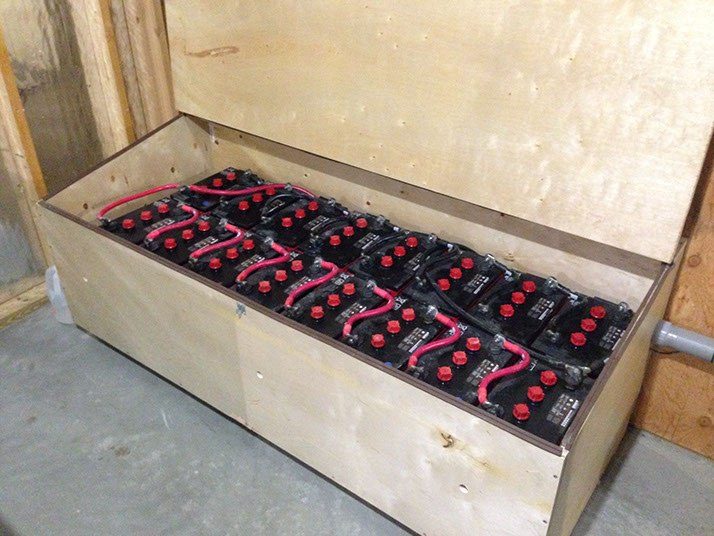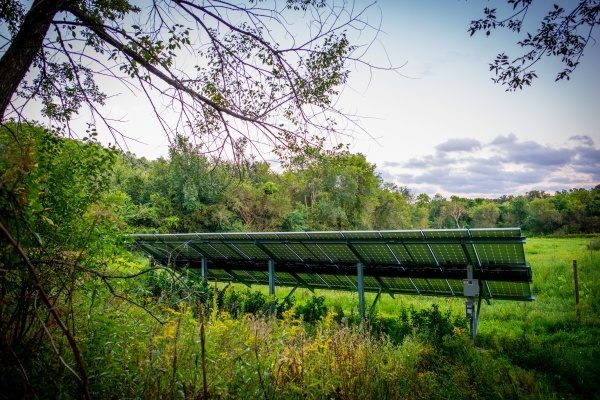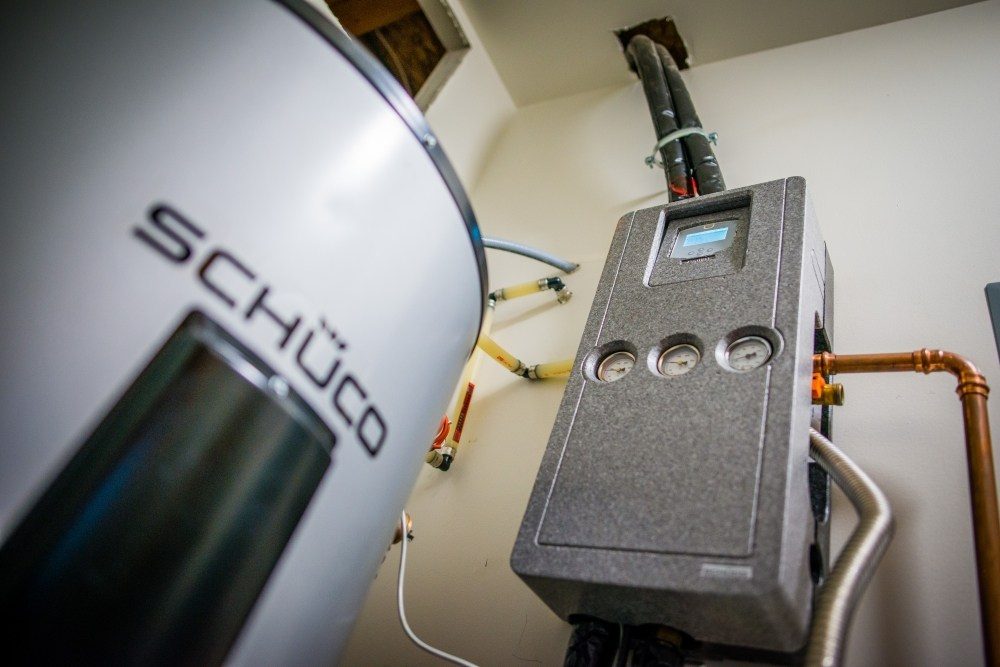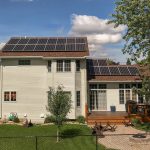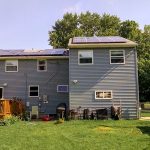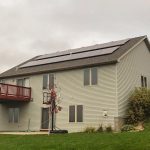
Solar Cost and Solar Incentives
How much does solar cost?
When it comes to solar cost, there are two important cost metrics: the installation cost and the effective cost. Why the difference? No one has to pay full price for solar, thanks to solar incentives—the tax credits, rebates and grants offered by governments and utilities. At the absolute minimum, all solar installations receive a 26% discount thanks to the Solar Investment Tax Credit, which applies to individuals and businesses alike.
In terms of installation cost, PV solar systems range from $15,000 for a small residential system to $250,000 for massive commercial and agricultural installations. The effective cost, however, brings those prices down by 30-75%, so:
- a $15,000 residential system will have an effective cost of only $5,000 to $10,000,
- and a $250,000 industrial installation will have an effective cost of only $70,500 to $175,000.
On average, Minnesota home solar systems tend to fall into the $20,000 to $45,000 effective cost range. That may seem like a lot of money at first glance, but as you will see, it is a fraction of the cost of doing nothing.
The exact solar cost is different for each property, so if you want an exact answer, request to have an energy consultant assess your property (no cost and no commitment).
Ultimately, the solar cost will depend on three factors:
- How much energy you use (noted on your electric bill in kilowatt-hours (kWh))
- The size, tilt and orientation of the space where the panels would be installed
- Whether the installation will require upgrading your electric system
- If ground-mounted, how far from the electric meter the array will be located
How much does solar save?
On average, Minnesota homes use about 9,000 kilowatt-hours (kWh) of electricity each year. Rates vary by utility, but if you lived in Rochester, you would pay 10.5 cents/kWh for your energy consumption and consumption-related fees and taxes. With the cost of electricity rising at about 3.7% per year (national average according to the Energy Information Administration), a homeowner should plan to pay the electric utility more than $45,000 over 30 years–the minimum life of a solar array–for electricity that could be generated by a $25,000 system. After solar incentives, this array would have an effective cost of just $14,900. That means that by switching to solar, this homeowner would save about $30,000—two-thirds of the utility’s electric bill. If this homeowner’s utility offers additional solar incentives like production rebates (like Xcel’s rebate programs), he or she will save about $10,000 more.
These are rough estimates. To determine the exact savings, a Solar Connection site assessment also takes into account:
- Whether the home’s electrical system requires any upgrades to complete the project, and how much those will cost;
- Whether the orientation and pitch of the roof will require more or less panels to get the minimum production required;
- The fact that solar panels can degrade slightly over time (though the warranty guarantees they will still function at 80% of their original capacity by year 25);
- Any monthly fee the utility may charge to hook the system to the grid.
Even after taking those minor elements into consideration, switching to solar is the economical decision for just about every solar-suitable property.
Property Value
While most solar customers take out a loan to cover the up-front solar cost, it is important to keep in mind that solar—unlike buying a car or a boat or a snowmobile—is an investment that not only produces value over decades, but also increases your property value without increasing property taxes. A study by the Department of Energy of the sale price of homes with solar in six states across the country (the study excludes California, where the property value increase was exceptionally high) revealed that home values increased by $3 per installed watt. The average Minnesota homeowner’s array we used in the example above was a 7.2kW system, which would add $21,600 to the property value. In other words, between increase in property value at the 26% federal tax credit (which you will read more about below), a residential solar system has more than paid for itself in less than 18 months.
Qualifying for solar incentives
As mentioned above, all solar installations qualify for a 26% tax credit. This isn’t a write-off (meaning that it’s an expense you don’t pay taxes on). It is a credit, so if your system costs $20,000, your credit would come to $5,000. Since most people make quarterly tax deposits or have their taxes withheld from their paychecks, solar incentives usually mean a big, fat refund check the following spring. (Which, if you’re smart, you’ll put directly toward your solar loan, but we’ll get to that in a moment.)
While the tax credit is a federal solar incentive, Minnesota offers a state-level solar incentive: the state charges no sales tax on renewable energy products, so that’s 7% that is never even added to the installation cost. And to sweeten the deal, there is no property tax increase, either.
The next level of solar incentives comes from the utility, so availability depends on where you live. Here is a list of incentives available in Southeastern Minnesota. (Feel free to give us a call if you’re looking for information for Iowa or Wisconsin).
Xcel Energy:
- Solar Rewards: Each year, Xcel sets aside a certain amount of money to allocate to rebates, which is allotted on a first-come, first-served basis, usually running out in fall or early winter. The incentive is a production rebate of $.07/kWh for the first ten years of the system’s life. For most homes, this means that each spring for ten years they will receive a check from Xcel for about $1,000, even if they used all the solar power they produced. The total funding pool for Solar Rewards is $5 million each year.
Austin Public Utilities, Owatonna Public Utilities & Rochester Public Utilities:
- APU, OPU & RPU will reimburse home and business owners up to $5,000 of their solar cost ($.50 per watt up to 10K watts). At 7.2 kilowatts, the average residential system would quality for $3,600 in rebates. Funds are limited, so only the first applicants are awarded each year. These programs are downsizing annually and first come, first served.
Extra Incentives for Business
In addition to tax credits and incentives, businesses have the added benefit of accelerated depreciation. Instead of deducting the solar cost over the 30 years or more a system will last, the deductions are compressed into just five years. For most business installations (including agriculture), incentives and depreciation mean that the solar array will pay for itself in just seven years. Learn more about accelerated depreciation and the 50% bonus depreciation expiring in 2017 at www.seia.org/policy/finance-tax/depreciation-solar-energy-property-macrs.
Farms and businesses in rural areas have one more invaluable resource when it comes to solar: Rural Energy for America Program (REAP) Grants ranging from $2,500 to $500,000, up to 25% of the solar cost. In their applications, businesses have to demonstrate that they can cover any financial obligations associated with solar, such as maintenance costs and monthly payments. $63 million in grants was awarded in 2015, though the grant is competitive, so not all applicants are rewarded. When necessary, REAP grants can be paired with REAP loan guarantees, covering up to 75% of the project’s cost, amounting to more than $160 million in loans in 2016.
